Tabbouleh, a beloved Middle Eastern dish, is a quintessential salad that hails from the heart of Lebanon. Bursting with fresh herbs, vibrant vegetables, and tangy lemon juice, this dish is a harmonious celebration of flavors and textures. Not only is tabbouleh a delicious and versatile addition to any meal, but it’s also packed with nutrients and fits beautifully into a halal lifestyle.
In this blog, we’ll explore the origins of this iconic salad, highlight its health benefits, and provide a simple, step-by-step recipe so you can create your own authentic Lebanese tabbouleh at home. Let’s dive into this refreshing culinary gem!
The Origins of Tabbouleh
Tabbouleh has its roots in the Levant region, with Lebanon often credited as its birthplace. Historically, the dish traces back to ancient times when Levantine cuisine focused on fresh, seasonal ingredients. Over the centuries, this dish evolved into the vibrant and herbaceous salad we know today.
Traditionally, tabbouleh is made with a medley of parsley, mint, tomatoes, onions, bulgur wheat, olive oil, and lemon juice. In Lebanon, it is often served as part of a mezze (a collection of small dishes) alongside hummus, baba ghanoush, and warm pita bread. The simplicity of tabbouleh allows its fresh ingredients to shine, making it a true star of the table.
Why Tabbouleh Is Perfect for a Halal Lifestyle
Tabbouleh naturally aligns with halal dietary guidelines because it uses plant-based ingredients that are pure, wholesome, and free of any forbidden substances. It’s an excellent choice for anyone seeking halal dishes that are not only delicious but also rich in nutrients and easy to prepare.
The Health Benefits of Tabbouleh
Tabbouleh is more than just a tasty dish—it’s a powerhouse of nutrition. Here’s why it’s worth adding to your menu:
- Rich in Vitamins and Minerals
- Parsley, the star ingredient, is loaded with vitamin K, vitamin C, and antioxidants, which support bone health and boost immunity.
- Tomatoes are a great source of lycopene, a powerful antioxidant that promotes heart health.
- Bulgur wheat offers fiber, iron, and magnesium for sustained energy and digestion.
- Low in Calories
- Tabbouleh is naturally low in calories while being high in flavor, making it an ideal choice for weight-conscious individuals.
- Heart-Healthy Fats
- The olive oil dressing provides monounsaturated fats that support cardiovascular health.
- Gluten-Free Adaptation
- If you’re gluten-sensitive, the bulgur wheat can easily be replaced with quinoa, making tabbouleh a versatile option for various dietary needs.
How to Make Authentic Lebanese Tabbouleh
Halal Tabbouleh Salad
Course: Salads, AppetizersCuisine: LebaneseDifficulty: Easy4
servings15
minutes200
kcalA refreshing Lebanese salad with parsley, mint, and bulgur.
WHAT YOU’LL NEED
- Salad:
1 cup finely chopped parsley (packed tightly)
½ cup finely chopped fresh mint leaves
2 medium tomatoes, diced
1 small onion, finely chopped (yellow or red onion works well)
½ cup cooked bulgur wheat (substitute with quinoa for a gluten-free option)
- Dressing:
3 tablespoons extra virgin olive oil
2 tablespoons freshly squeezed lemon juice
½ teaspoon salt (adjust to taste)
A pinch of freshly ground black pepper
STEPS TO FOLLOW
- Prepare the Bulgur Wheat
- If using bulgur, rinse it thoroughly and soak it in boiling water for about 15 minutes until it softens. Drain any excess water and set aside. For quinoa, cook it according to the package instructions and allow it to cool.
- Chop the Herbs and Vegetables
- Finely chop the parsley and mint leaves. Ensure they are dry before chopping to prevent sogginess. Dice the tomatoes and onion into small, even pieces for a uniform texture.
- Combine the Ingredients
- In a large mixing bowl, add the parsley, mint, tomatoes, onions, and bulgur (or quinoa). Toss gently to combine.
- Prepare the Dressing
- In a small bowl, whisk together olive oil, lemon juice, salt, and pepper until well combined.
- Dress the Salad
- Pour the dressing over the salad and toss lightly to coat the ingredients evenly. Taste and adjust seasoning if necessary.
- Serve and Enjoy
- Transfer the tabbouleh to a serving dish. For an authentic experience, serve it with pita bread or as a side to grilled meat, falafel, or stuffed grape leaves.
PERSONAL NOTES
Tips for Perfect Tabbouleh
- Go Heavy on the Herbs
- Authentic Lebanese tabbouleh is herb-centric. Parsley should dominate the dish, with bulgur wheat playing a supporting role.
- Use Fresh Ingredients
- Fresh parsley, mint, and juicy tomatoes are key to achieving the vibrant flavors of traditional tabbouleh.
- Adjust the Acidity
- If you prefer a tangier salad, add more lemon juice. For a milder flavor, reduce the lemon slightly and balance with olive oil.
- Serve Fresh
- Tabbouleh is best served fresh, but it can be stored in the refrigerator for up to a day. Just give it a quick toss before serving.
Creative Variations of Tabbouleh
While the traditional recipe is hard to beat, there’s always room for creativity. Here are some fun variations you can try:
- Grain-Free Tabbouleh
- Replace bulgur with finely chopped cauliflower or broccoli for a low-carb, grain-free version.
- Fruit-Infused Tabbouleh
- Add pomegranate seeds or diced apples for a burst of sweetness and a unique twist.
- Protein-Packed Tabbouleh
- Incorporate cooked chickpeas, lentils, or grilled chicken to turn the salad into a hearty main course.
- Spicy Tabbouleh
- Add a pinch of cayenne pepper or finely chopped chili for a hint of heat.
A Versatile Dish for Any Occasion
Tabbouleh’s versatility makes it a perfect dish for a variety of occasions. Serve it as a side dish at family dinners, bring it to a picnic or potluck, or enjoy it as a light lunch on its own. Its vibrant colors and refreshing flavors are sure to impress any crowd.
Final Thoughts
Halal tabbouleh salad is more than just a dish—it’s a celebration of Lebanon’s culinary heritage. Packed with fresh ingredients and bursting with flavor, it’s a healthy, halal-friendly recipe that’s easy to prepare and deeply satisfying. Whether you stick to the traditional recipe or experiment with creative variations, tabbouleh is a dish you’ll return to time and time again.
Ready to bring a taste of Lebanon to your kitchen? Grab your ingredients, follow the steps above, and enjoy this delightful, refreshing salad today!

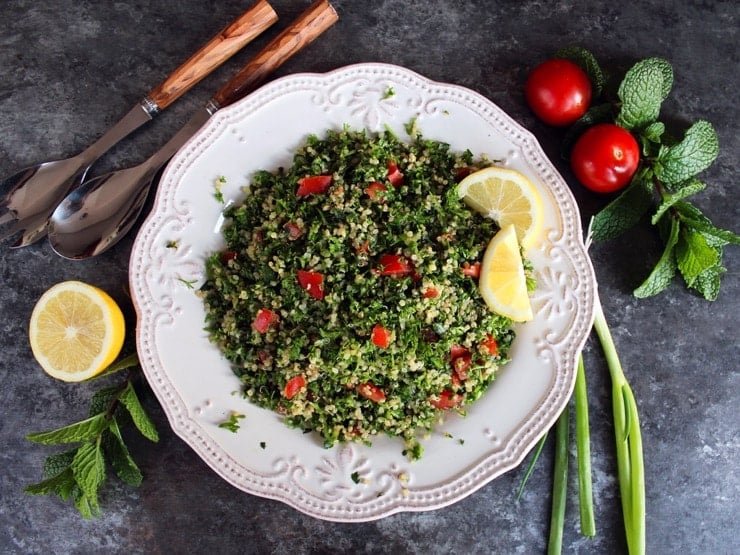
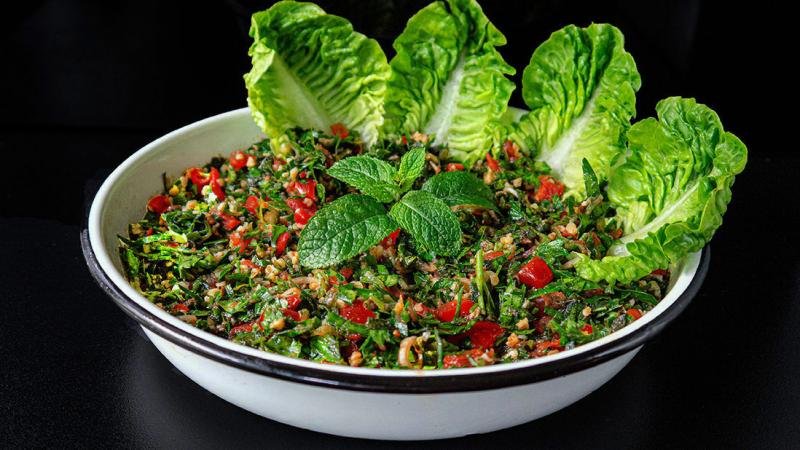
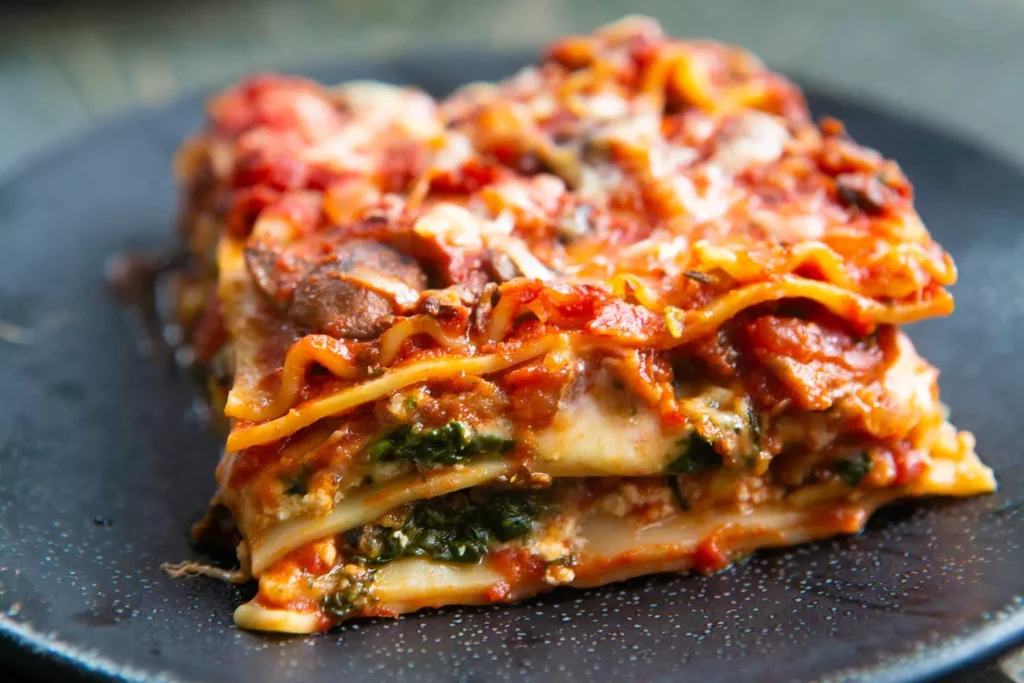





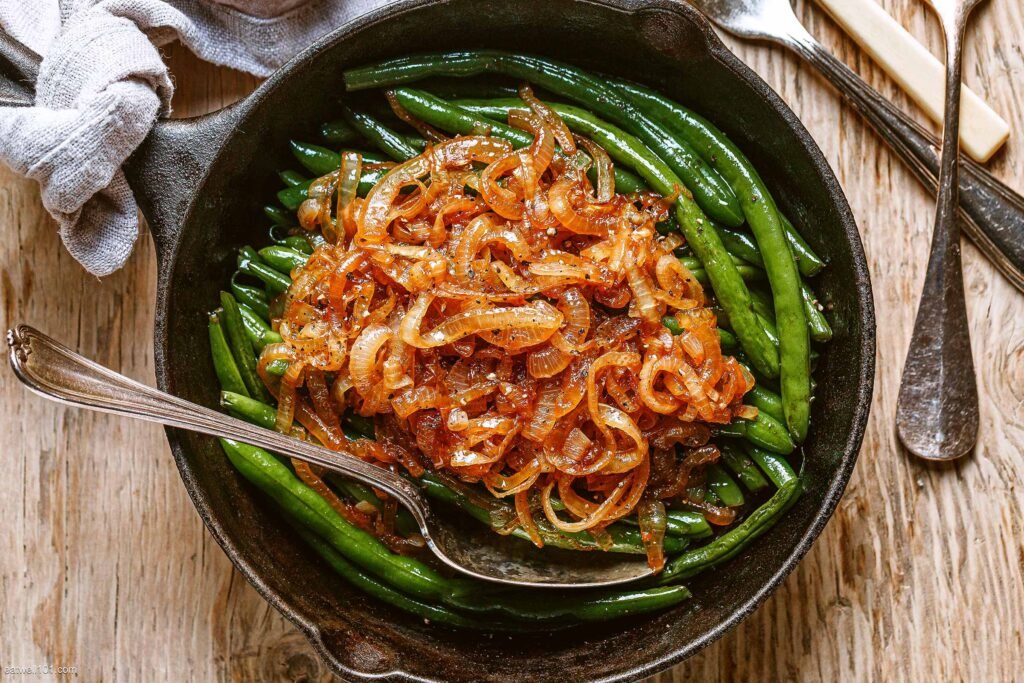
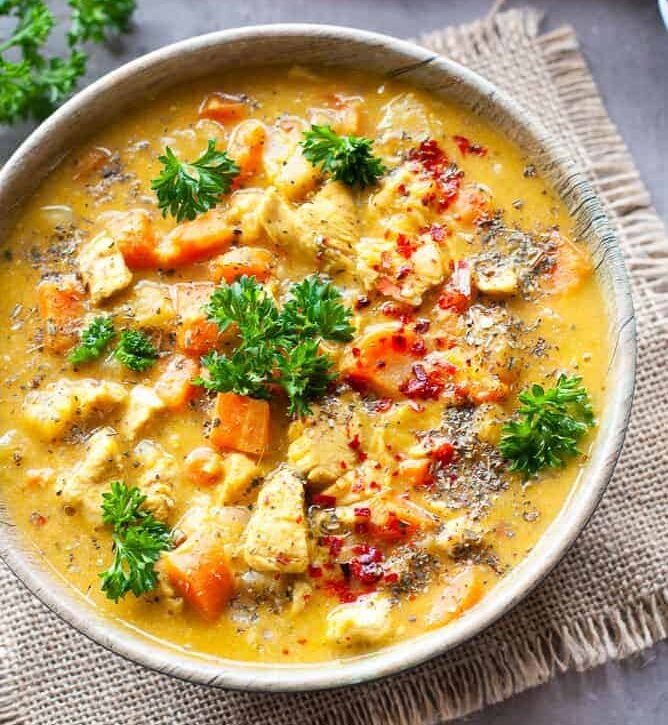
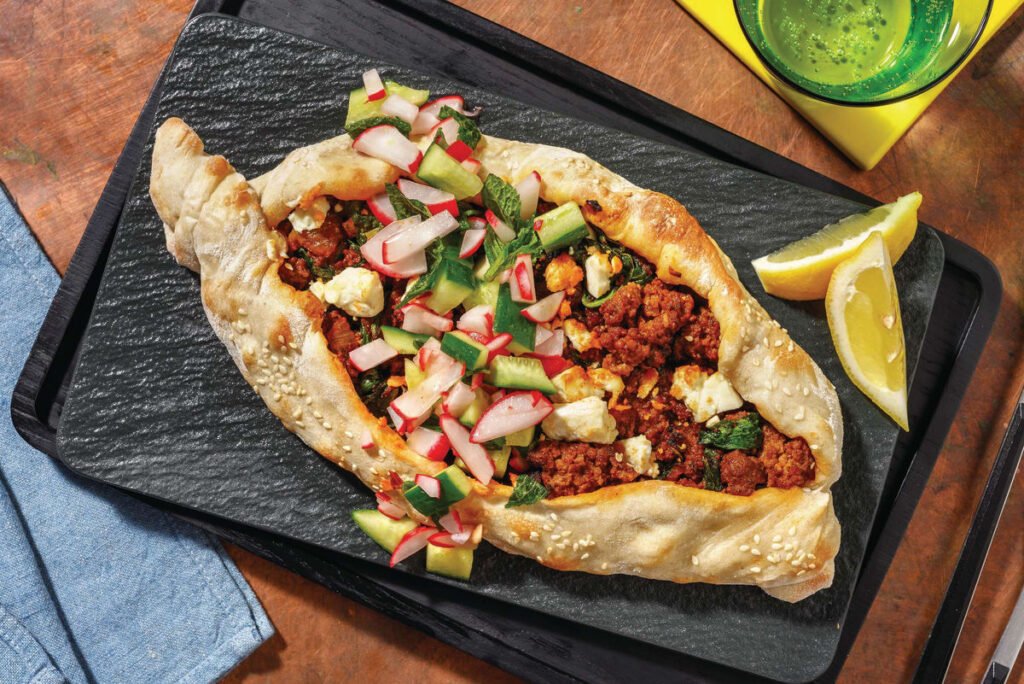
Leave a Reply